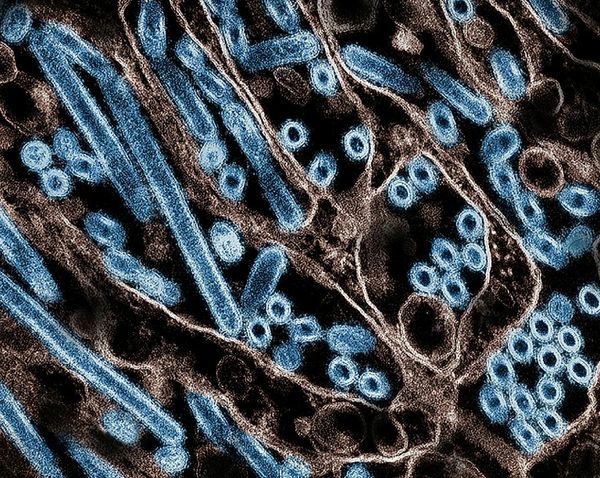The world's second most deadly species of shark is getting bigger and stronger, a marine biologist has revealed.
Shark expert Kori Garza claims a fishing ban in the South Pacific Ocean means there is abundance of smaller species for the deadly tiger shark to eat.
Kori has been filming in the area for a National Geographic documentary 'World’s Biggest Tiger Shark' – which is part of the channel's Wild’s Sharkfest season, when she came across Kamakai.
She first came across Kamakai, a huge tiger shark believed to be the biggest recorded, when she was on a dive and surrounded by smaller tiger sharks.
Kori told the i newspaper : "When we were alone with the others, we thought they were pretty big… and then this giant submarine of a shark came along and made the other ones look like little chihuahuas.
“Seeing this animal and just how massive and beautiful it is was a shock the first time, as I expected to be terrified, but it was almost calming, meditative just a really beautiful experience. After that I was just hooked on the tiger”.
Tiger sharks swim up to 60 miles a day so finding them can be like a needle in a haystack, Kori explained.
French Polynesia banned shark fishing in 2006 and now the seas are bustling again.
The new documentary notes that during a trip to observe some juvenile sharks in a sheltered lagoon, Kori and her team noticed something strange.


It is thought that tiger sharks were solitary creatures, but these young sharks appeared to work as a pack.
Kori decided to volunteer herself as bait, lowering herself into lagoon with just a single safety diver for protection.
Her theory appeared correct, the young sharks swam away before returning in one group to circle her.
She also has an explanation as to why the sharks are growing larger than ever before.
Kori said: "I think it is possible that in healthier ecosystems, especially in these remote areas, there’s not a lot of impact from the outside.
“You have to have a lot of resources for an animal to get that big."
World’s Biggest Tiger Shark is available on National Geographic Wild.







